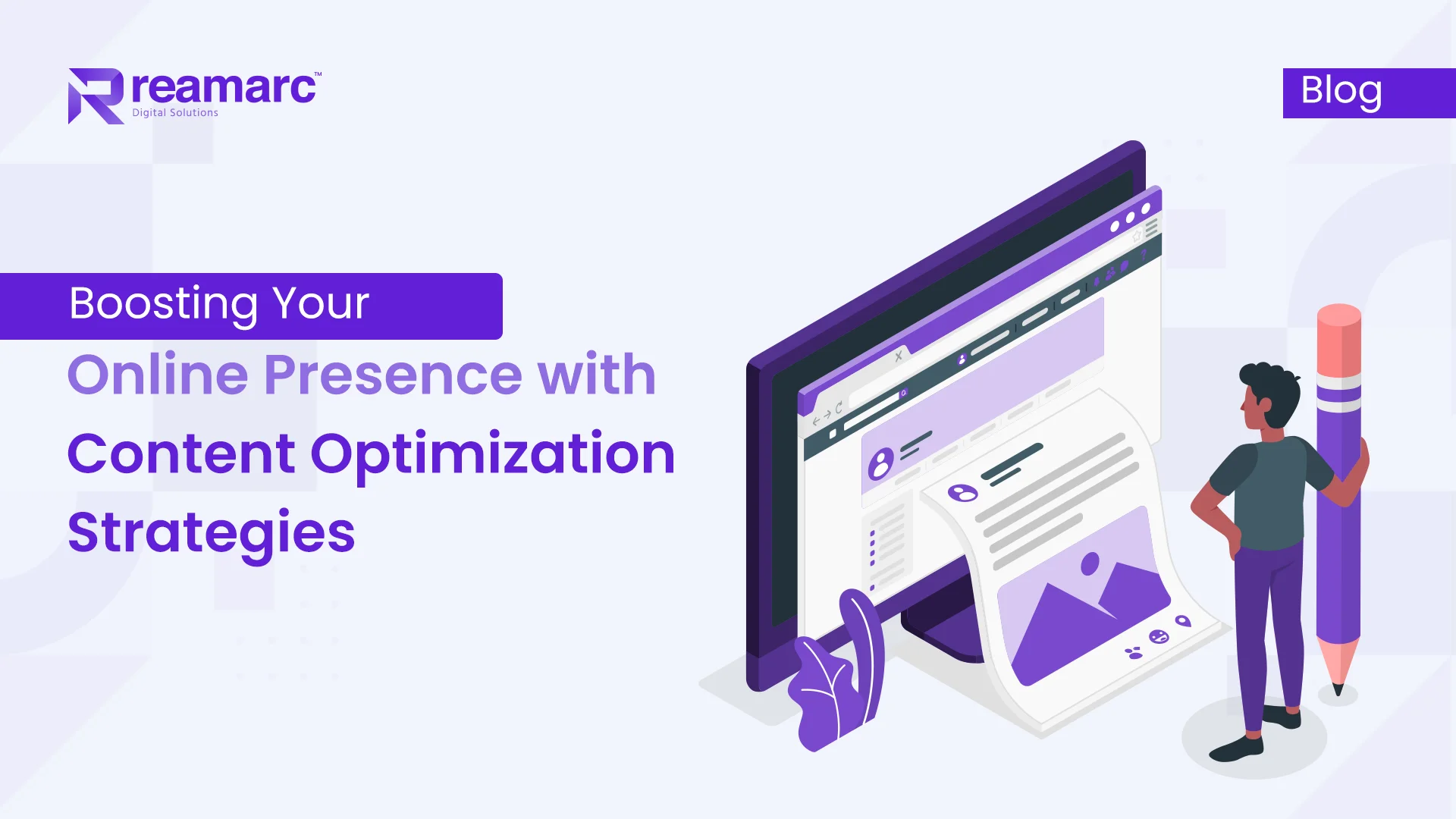Introduction
In the dynamic world of digital marketing, content optimization is the foundation of successful online engagement. It involves adapting your content to not only appeal to your audience but also align with search engine algorithms. By understanding the complicated balance between user preferences and search engine requirements, you can position your business for success.
Content Optimization Strategies for a Business
Write a Blog on Content Optimization Strategies for a Business
Creating high-quality blog content is an essential content optimization strategy. Through informative and insightful articles, you can showcase your expertise, establish authority, and engage your audience. By incorporating the right keywords naturally, you enhance your chances of ranking higher on search engine results pages (SERPs).
Conduct a Thorough Keyword Research
Effective content optimization starts with comprehensive keyword research. Identify relevant keywords and phrases that your target audience is likely to search for. Utilize tools like Google Keyword Planner and SEMrush to uncover high-volume, low-competition keywords that can give your content a competitive edge.
Develop High-Quality, Value-Driven Content
Crafting content that provides genuine value to your audience is key. Your content should solve problems, answer questions, and offer insights. By focusing on quality and relevance, you not only engage your readers but also increase the likelihood of other websites linking back to your content, boosting your credibility and search engine rankings.
Optimize for Featured Snippets
Featured snippets are concise answers that appear at the top of search results. Optimizing your content to address common questions in a clear and structured manner increases your chances of being featured. Format your content using lists, tables, and paragraphs, making it easier for search engines to pull information from these snippets.
Leverage Internal and External Links
Incorporate internal links to guide readers to related content within your website. This not only enhances user experience but also helps search engines understand the hierarchy and relevance of your pages. Additionally, use authoritative external links to reputable sources to back up your claims and provide additional value to your audience.
Enhance Readability and User Experience
User experience is a critical factor in content optimization. Use clear headings and subheadings to break up your content, making it easy for readers to scan and understand. Keep paragraphs concise and use bullet points for lists. A well-structured, visually appealing layout encourages visitors to stay longer on your page.
Utilize Multimedia Elements
Diversify your content with images, infographics, and videos. Visual elements not only make your content more engaging but also encourage social sharing and backlinks. When optimizing multimedia, use descriptive file names and alt text to improve accessibility and provide more context to search engines.
Implement On-Page SEO Techniques
Optimize your content further with on-page SEO techniques. This includes crafting compelling meta titles and descriptions that incorporate your target keyword. Use header tags (H1, H2, H3) to structure your content, and ensure your keyword appears naturally within the content while maintaining a keyword density of 1.30.
Mobile-Friendly Optimization
Given the rise of mobile browsing, ensure your website and content are fully optimized for mobile devices. A responsive design and fast loading times contribute to a positive user experience, which is a ranking factor for search engines.
Harness the Power of Social Media
Promote your optimized content on social media platforms to increase its reach. Engage with your audience, respond to comments, and encourage sharing. Social signals, such as likes, shares, and comments, can indirectly impact your search engine rankings.
FAQs
How do content optimization strategies benefit businesses?
Content optimization strategies enhance a business’s online visibility by improving search engine rankings and attracting organic traffic. They also help in establishing authority, engaging the target audience, and increasing conversions.
Is keyword stuffing a recommended strategy?
No, keyword stuffing is not recommended. Search engines penalize content that excessively uses keywords without providing value. Focus on creating high-quality, relevant content that naturally incorporates keywords.
How often should I update my existing content?
Regularly updating your existing content with fresh information and insights can benefit your SEO efforts. It signals to search engines that your content is current and relevant, potentially leading to higher rankings.
What is the significance of mobile optimization?
Mobile optimization is crucial because an increasing number of users access websites from mobile devices. Google considers mobile-friendliness as a ranking factor, and a mobile-friendly site provides a better user experience.
Can content optimization improve my website’s loading speed?
Yes, content optimization can indirectly improve loading speed. By using optimized images, reducing unnecessary scripts, and optimizing code, your website can load faster, providing a better user experience and potentially impacting search rankings.
How long does it take to see results from content optimization?
Results from content optimization can vary based on factors such as keyword competitiveness, website authority, and the frequency of updates. Generally, noticeable improvements can take a few weeks to a few months.
Conclusion
In the ever-evolving digital landscape, mastering content optimization strategies is essential for businesses aiming to stand out online. By creating valuable, user-centric content, incorporating effective SEO techniques, and staying updated with industry trends, you can enhance the online presence of your business, engage your audience, and achieve lasting success.





